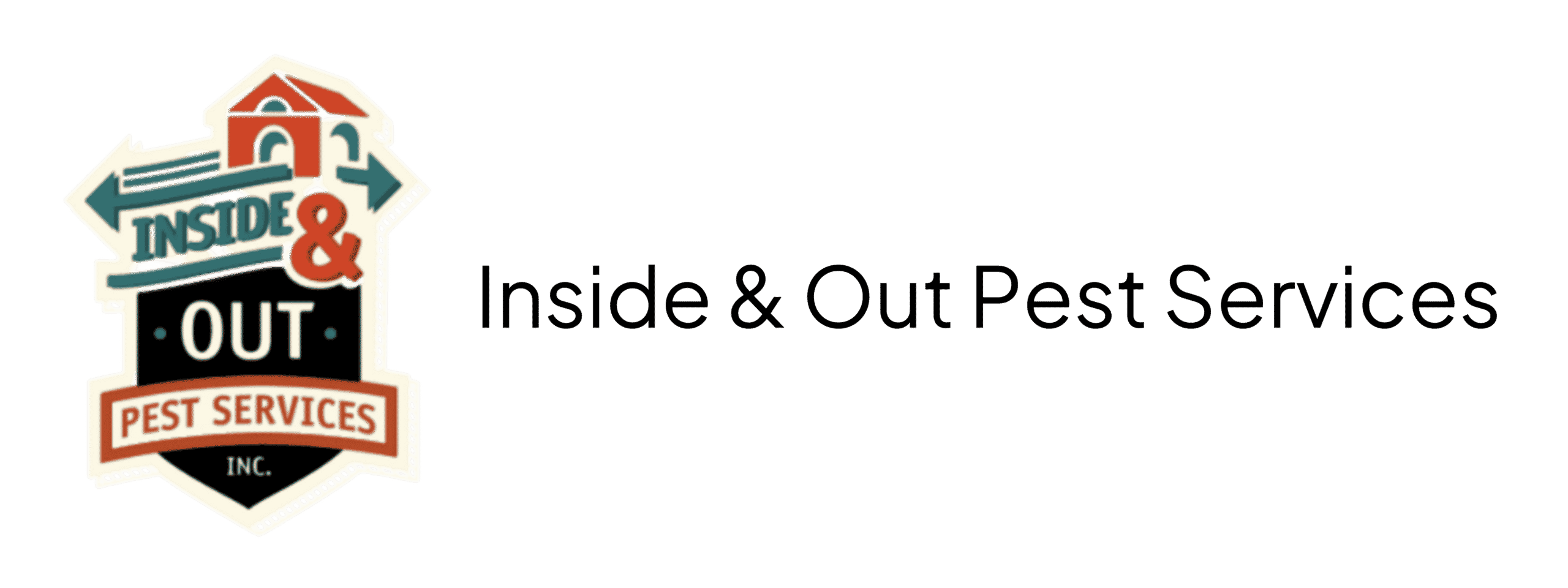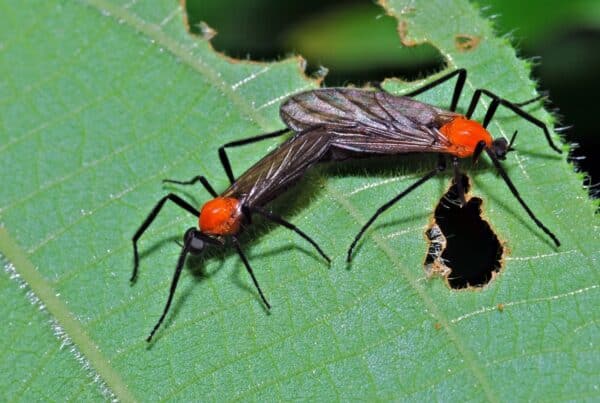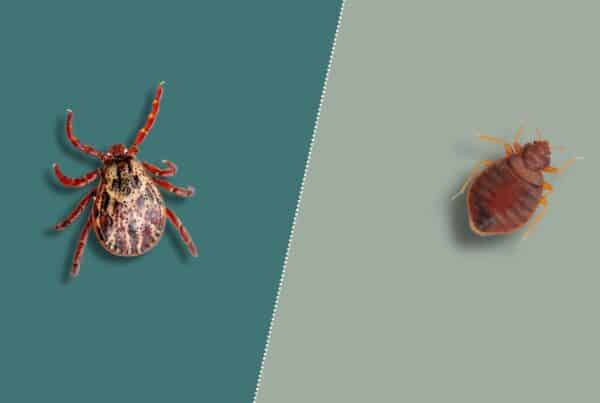If you’ve spotted tiny red bugs in your Florida home or garden, you’re not alone. Lots of little red pests thrive in the Sunshine State, and while they’re small, some can become a big nuisance. Whether they’re crawling on your windowsill or lurking in your plants, it’s important to know what you’re up against.
In this guide, you can learn how to identify common tiny red bugs, understand why they’re drawn to your space, and get simple tips to keep them out.
Tiny Red Bugs That Thrive in Florida
Florida’s warm, humid climate is a paradise for many tiny red bugs. The most common ones you’re likely to encounter include clover mites, chiggers, red spider mites, red velvet mites, bird mites, and bed bugs.
Knowing the types of bugs that could be in your home or garden is the first step in tackling the problem.

Spotting the Signs and Telling Them Apart
So, how do you know which tiny red bug is causing trouble in your home or garden? Here’s a quick rundown to help you spot the signs and tell these pests apart.
Clover Mites
These are tiny and bright red. You’ll often find them in large numbers, especially on windowsills, walls, and outdoor surfaces. They’re not harmful, but they can leave behind reddish stains if squished.
Chiggers
They’re almost invisible, but their bites are unmistakable. They can cause intense itching and red welts that show up after spending time in grassy areas. If your ankles or waist are suddenly itchy after a day outdoors, chiggers are likely the culprit.
Red Spider Mites
Prefer the underside of leaves, where they spin fine webs. If your plant’s leaves are yellowing or speckled, these mites could be the cause. They’re a gardener’s nightmare, as they can weaken plants over time.
Red Velvet Mites
Red velvet mites are larger, with a bright red, velvety appearance. They’re usually found outdoors in gardens and are harmless to humans, but their vibrant color can be startling.
Bird Mites
Often, they make their way indoors from bird nests. While they aren’t naturally red, they can appear reddish after feeding. If you have birds nesting nearby and notice small, biting bugs in your home, bird mites could be to blame.
Bed Bugs
These are the most notorious of the bunch. The reddish-brown pests are often found in mattresses, bed frames, and furniture. They leave itchy bites and can be extremely difficult to get rid of without professional help.
Keeping Them All Out
After identifying the tiny red bugs in your space, it’s crucial to take action:
- Seal Entry Points: Cracks and gaps around windows, doors, and foundations provide easy access for pests like clover mites and bird mites. Sealing these areas can prevent infestations.
- Maintain Your Yard: Regular lawn care and garden maintenance, including mowing and trimming, can reduce the presence of chiggers and red spider mites. Removing leaf litter and debris also helps eliminate hiding spots.
- Declutter Your Home: A tidy home is less inviting to bed bugs and bird mites. Regular vacuuming and washing bedding in hot water are effective measures to keep these pests at bay.
- Use Natural Remedies: Eco-friendly solutions like diatomaceous earth for bed bugs or neem oil for red spider mites can be applied in problem areas. These natural deterrents are effective and safe for both indoor and outdoor use.

Pest Management by Season
In Florida, the year-round warm climate means that pest management is a continuous effort, but understanding the seasonal patterns of tiny red bugs can make the task more manageable.
During the spring and summer, many of these pests, such as chiggers and clover mites, are at their most active. These warmer months are the ideal time to focus on outdoor maintenance, ensuring that your lawn is well-kept, your garden is in good shape, and any potential entry points around your home are sealed. This proactive approach can significantly reduce the likelihood of infestations.
As the weather cools in the fall and winter, some pests may seek warmth indoors. This makes it crucial to inspect your home thoroughly during these cooler months, paying close attention to cracks and gaps that could serve as entry points. Areas where birds nest should be carefully monitored, as bird mites may become a problem during this time.
When to Call a Professional
When to Call a Professional
While DIY methods can be effective for minor issues, there are times when bringing in a professional pest control service is the best course of action.
- Persistent Infestations: If you’ve tried multiple DIY solutions but the tiny red bugs keep coming back, the infestation might be more extensive than it appears.
- Large or Returning Infestations: When the number of bugs is overwhelming or they’ve spread to multiple areas of your home or garden, it’s time to call a professional.
- Health Issues: If you or your family are experiencing health issues related to the infestation—such as allergic reactions, skin irritations, or respiratory problems—it’s crucial to seek help.
- Structural Damage: If the infestation has caused any damage to your home—whether it’s weakened plants, stained surfaces, or compromised structures—professional intervention is necessary.
Conclusion
Whether it’s the itchy bites from chiggers, the unsightly stains from clover mites, or the more serious challenges posed by bed bugs, these pests can quickly disrupt your peace of mind. Identifying which bugs are invading your space and understanding why they’re drawn to your home is the first step in effectively managing them.
At Inside Out Pest Services, we’re here to ensure your home stays comfortable and pest-free–call today to schedule an inspection in Jacksonville, FL, and surrounding areas.



